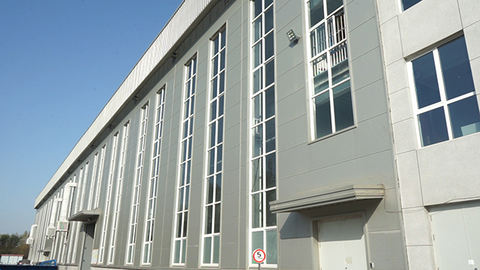wood garage door bottom seal types
Understanding Wood Garage Door Bottom Seal Types
When it comes to maintaining a comfortable and efficient garage, one often-overlooked feature is the bottom seal of your garage door. Particularly with wood garage doors, the bottom seal plays a crucial role in insulation, protection from the elements, and overall durability. In this article, we will explore the different types of bottom seals available for wood garage doors and how they can impact the performance of your garage.
Importance of a Bottom Seal
A bottom seal is essential for any garage door, but especially for wood doors, which may expand or contract due to temperature and humidity changes. A proper seal not only enhances insulation but also prevents water, dirt, and pests from entering your garage. An effective seal can protect your vehicle, tools, and other belongings stored in the garage, extending their life and functionality.
Types of Bottom Seals
1. Rubber Bottom Seals Rubber seals are widely used due to their flexibility and durability. They can effectively compress to form a tight seal against the floor, preventing drafts and water intrusion. Rubber seals are particularly beneficial in regions with fluctuating temperatures, as they can withstand the expansion and contraction of wood doors.
2. Vinyl Bottom Seals Vinyl seals are another popular choice for wood garage doors. They are often less expensive than rubber seals and provide solid protection against weather conditions. Vinyl is also resistant to UV rays, making it a suitable option for warmer climates. However, vinyl can become brittle in extremely cold temperatures, which may affect its sealing ability.
wood garage door bottom seal types

3. Brush Seals Brush seals feature bristles that create an effective barrier against air, dust, and debris. These seals are particularly useful if your garage is exposed to high levels of wind, as they help to deflect airflow. Brush seals also work well in keeping larger debris out, such as leaves or small critters, while still allowing for some airflow to prevent moisture buildup.
4. Foam Bottom Seals Foam seals offer excellent insulation benefits due to their lightweight and compressible nature. They provide a soft landing for the door when it closes, which minimizes wear and tear on both the door and the seal. While foam seals can be less durable than rubber or vinyl, they are a great option for areas with mild weather and minimal exposure to moisture.
5. Metal Thresholds In some cases, homeowners may choose to install a metal threshold in conjunction with a bottom seal. This combination creates a robust barrier against water and provides added reinforcement against wear and tear. Metal thresholds can be ideal for garages prone to flooding or significant rainfall, serving as a strong frontline defense.
Choosing the Right Bottom Seal
Selecting the appropriate bottom seal for your wood garage door depends on various factors, including your local climate, budget, and personal preferences. When shopping for a bottom seal, consider the material's durability, insulation properties, and how well it will perform given your specific needs.
Conclusion
In summary, the bottom seal of your wood garage door is a vital component that should not be overlooked. Understanding the different types—rubber, vinyl, brush, foam, and metal thresholds—will help you make an informed decision to enhance the functionality and longevity of your garage door. A well-sealed garage door contributes to energy efficiency, comfort, and protection, making it a worthwhile investment for homeowners.
-
Under Door Draught Stopper: Essential ProtectionNewsJul.31,2025
-
Garage Door Seal and Weatherstrips for ProtectionNewsJul.31,2025
-
Edge Banding Tape for Perfect EdgesNewsJul.31,2025
-
Table Corner Guards and Wall Corner ProtectorsNewsJul.31,2025
-
Stair Nose Edging Trim and Tile Stair SolutionsNewsJul.31,2025
-
Truck Bed Rubber Mats for Pickup BedsNewsJul.31,2025
-
Window Weather Stripping for Noise ReductionNewsJul.29,2025